Nagasaki to protect and preserve old buildings on Gunkanjima
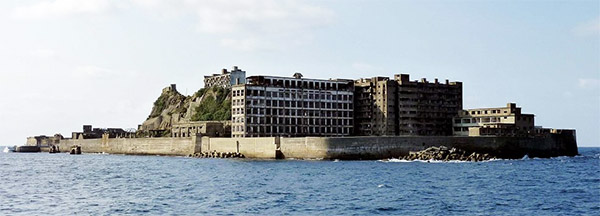
Nagasaki City has announced a proposed plan that would provide priority repairs and maintenance to several buildings on Hashima Island (aka. Gunkanjima), including former mineworkers’ housing and school buildings.
The five buildings that were selected are considered to be in a condition where they can still be maintained to some extent. The plans include rust-proofing and adding additional reinforcing to the structures, although exact details have yet to be decided. Two other islands, which also have traces of coal mining activities, may also be included in the final plan which is expected to be submitted to the Nagasaki Mayor in May.
The buildings include:
- Building 16 (c1918, 9-storey, RC, 66-unit apartment building)
- Building 17 (c1918, 9-storey, RC, 54-unit apartment building)
- Building 65 (c1945, 9-storey, RC, 317-unit apartment building)
- Building 3 (c1959, 4-storey, RC, 20-unit apartment building)
- Elementary and middle school building (c1958, 7-storey)
Iseya Pawnshop sold to University
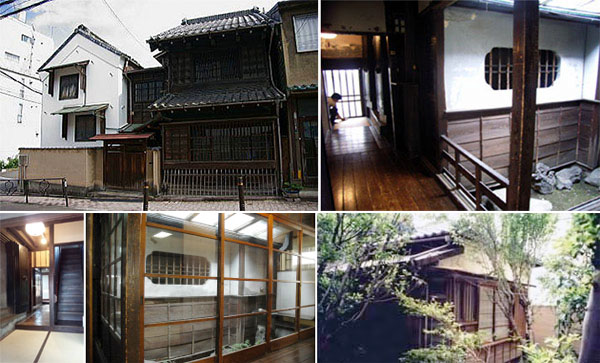
The owner of the historic Iseya Pawnshop in Bunkyo-ku, Tokyo, signed a contract of sale with Atomi University on March 11. The price has not been disclosed, although some reports suggest it sold for around 130 million Yen (1.07 million USD).
The property includes a 2-storey warehouse dating from the 1850s ~ 1860s, a tatami room dating from 1890 and a shophouse dating from 1907. The pawnshop operated from 1860 to 1982, and was mentioned in author Ichiyo Higuchi’s writings. The three buildings were registered as Tangible Cultural Properties in 2003.Read more
Hope for Kamakura’s modernist museum
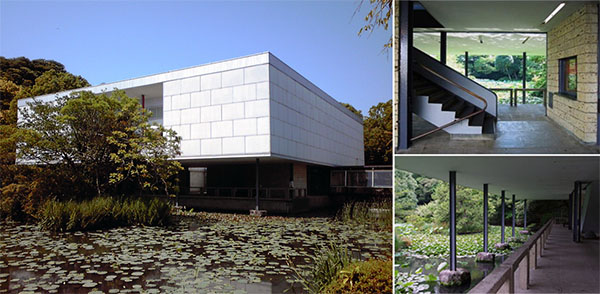
One of Japan’s exemplary models of modern architecture - the Museum of Modern Art, Kamakura - now stands a chance at being saved from demolition after a recent structural analysis found that it could be reinforced against earthquakes.
The Kanagawa Prefectural Government is also in discussions with the landowner, the nearby Tsurugaoka Hachiman-gu Shrine, to seek an extension to the land lease.
In late 2013, it was reported that the prefecture decided against renewing the lease due to the high costs of maintaining the buildings and the anticipated costs of retrofitting. The prefecture announced plans to close the museum at the end of March 2016. Under the terms of the lease, any buildings were required to be demolished before returning the land to the Shrine.Read more
Historic home in Kunitachi open to public before demolition
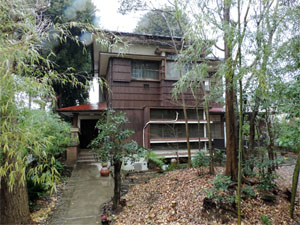 A historic home in Kunitachi City, Western Tokyo, will be open to the public for a viewing on February 8 and 9 before it is demolished.
A historic home in Kunitachi City, Western Tokyo, will be open to the public for a viewing on February 8 and 9 before it is demolished.
The Takada Residence was built in 1929 ~ 1930 by physician and author Giichirou Takada. Mr. Takada moved his family from their former residence in the Akasaka Tameikesanno area in order for his eldest son to attend school in Kunitachi. This home would have been one of the original homes built when the suburb was developed in the 1920s.
The 2-storey wooden house sits on a 600 sqm block of land. It has a concrete basement (used as archives) and the house was equipped with steam heating.
Demolition is scheduled to begin at the end of March 2015.Read more
Bottega Veneta joins fight to save Hotel Okura
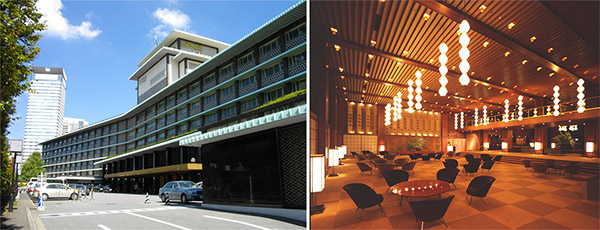
Fashion and architecture go hand in hand, and pieces designed by some of the great designers can remain timeless for generations. Tomas Maier, the creative director of Italian fashion house Bottega Veneta, is hoping to spread awareness of some of Japan’s modernist architecture that is at risk of being demolished and lost forever. Of particular interest in Maier's campaign is the Hotel Okura Tokyo, designed by Yoshio Taniguchi and completed in 1962, which is scheduled to close and be demolished later this year.Read more
Historic former library in Kamakura to be demolished
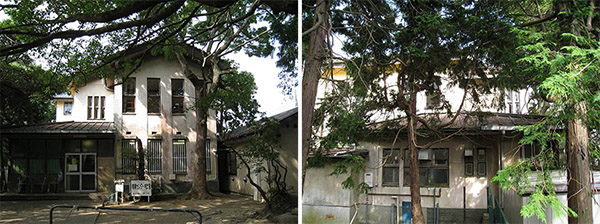
On January 5, Kamakura City announced plans to demolish a historic property that was originally the Kamakura City Library, and until recently had been used as a training center.
The 2-storey wooden building was completed in 1936. It is located between the Onarimachi’s local city office and the Onari Elementary School and is 200 meters west of Kamakura Station. Aside from a brief period during the war when it was confiscated by the military, the building had been was used a library until 1974. Afterwards it had been used by the city’s Board of Education for a variety of uses.Read more
Denenchofu to lose landmark historic home

On December 17, 2014, the historic Suzuki Residence in Denenchofu 3 Chome was opened up to the public for a farewell tour before demolition.
At the open day, the current owner, who is the grandchild of Mr. Suzuki, spoke about their fond memories of the home. Over the years it had hosted family birthday parties, weddings and funerals, and has been the setting for several TV dramas. The 90-year old house, which has been registered as a Tangible Cultural Property, has been painstakingly cared for and is in beautiful condition.
The Suzuki Residence was built during the Taisho era for a German resident. It was later purchased by Mr. Suzuki for his son, who later returned from the war to to live in the house with his family. The architect is unknown, although some have suggested it might have been Kintaro Yabe, the designer of the Denenchofu Station Building, since the buildings are similar in style.
It is a 2-storey western-style home with a total floor area of 165 sqm. It sits on a large 928 sqm block of land which fronts onto Denenchofu’s gingko tree-lined main street.
The decision to demolish the home was not an easy choice by the owner. However, selling the property would prove to be difficult given the size of the land and the limited buyers in that price range. Average land prices in the Denenchofu 3 Chome area are currently around 1 million Yen/sqm, which would give the property a market price of around 930 million Yen*.
*Update: In April 2015, the new owner of the property (a developer) listed the land for sale for 1.12 billion Yen, or approximately 1,200,000 Yen/sqm. Under the terms of sale, the buyer is required to use the home builder designated by the seller and sign a construction contract within 3 months of purchase.
High inheritance taxes are another issue.Read more
